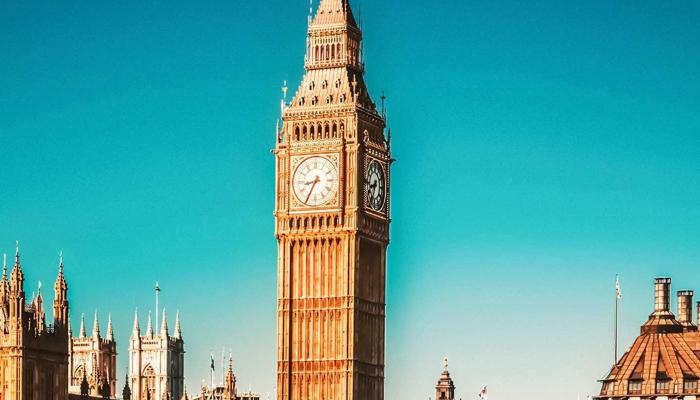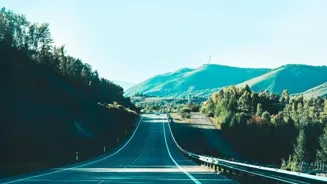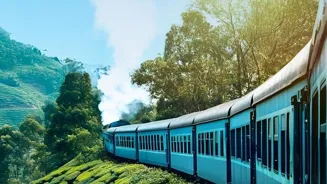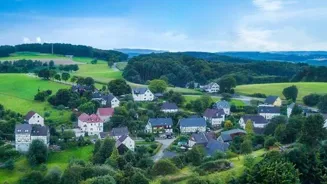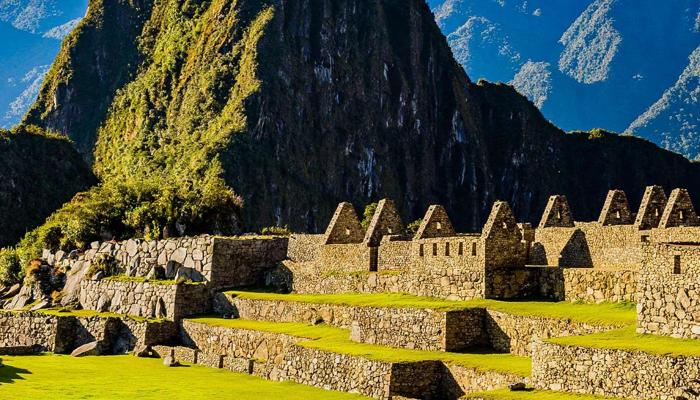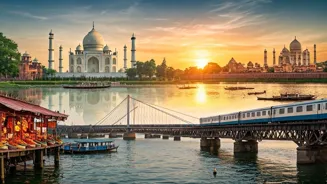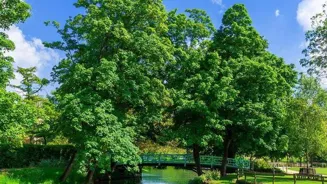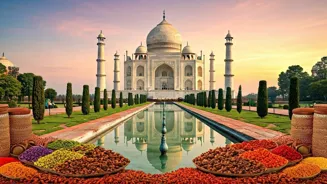Explore India's iconic landmarks for your next photo journey! Taj Mahal, Golden Temple, India Gate, and more await your lens. Capture history and beauty in every shot, creating memories to cherish. Discover
the magic of Incredible India!
India, the land of vibrant colours, rich history, and breathtaking landscapes, offers a treasure trove of iconic landmarks that are just begging to be captured through your lens.
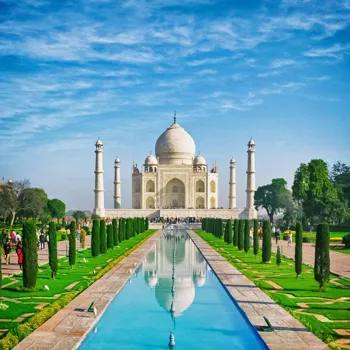
Whether you're a seasoned photographer or a casual Instagrammer, get ready to explore these stunning destinations and create memories that will last a lifetime. So, pack your bags, charge your cameras, and prepare for an unforgettable photographic journey through Incredible India!
Taj Mahal, Agra: A Timeless Ode to Love
No trip to India is complete without witnessing the ethereal beauty of the Taj Mahal. This ivory-white marble mausoleum, commissioned by Mughal emperor Shah Jahan in memory of his beloved wife Mumtaz Mahal, is a UNESCO World Heritage Site and a symbol of eternal love.

Photography Tips: Arrive early in the morning to avoid crowds and capture the Taj Mahal in the soft, golden light of sunrise. Experiment with different angles and perspectives, including reflections in the Yamuna River.
Don't forget to capture the intricate details of the marble inlay work and the surrounding gardens. Use a wide-angle lens to capture the grandeur of the entire structure, or a telephoto lens to zoom in on the delicate details. The best time to click photographs will be sunrise.
You get a beautiful golden hour light. It is a magical experience to witness it shining in its full glory. The entry ticket price is ₹250 for Indian citizens and ₹1300 for foreign nationals. The entry is free for children below the age of 15. The Taj Mahal is closed on Fridays.
There are many theories and historical opinions which state it was an ancient Shiva temple. So it is best to read about its history before you visit. Overall it is a must photograph landmark location in India.
Golden Temple, Amritsar: A Sanctuary of Serenity
The Harmandir Sahib, also known as the Golden Temple, is the holiest shrine in Sikhism. Its shimmering golden dome, reflected in the Amrit Sarovar (Pool of Nectar), creates a mesmerizing and spiritual atmosphere.
Photography Tips: Visit the Golden Temple during the day and at night to experience its contrasting beauty. Capture the devotion of the pilgrims as they bathe in the holy waters or listen to the melodious hymns. Focus on the intricate details of the gold plating and the marble carvings.
The langar, the community kitchen that serves free meals to all visitors, is also worth photographing, showcasing the Sikh values of selfless service and equality.
Respectful attire is required; cover your head with a scarf (available at the entrance) and remove your shoes before entering the temple complex. It is always recommended to visit this holy place. You will witness the true beauty of India, where everyone comes together with love.
You can also volunteer to help at the Langar. It will be a very humbling experience. The best time to visit the Golden temple is during Gurpurab - the anniversary of birth of the Sikh Gurus.
India Gate, Delhi: A Tribute to the Brave
India Gate, a war memorial located in the heart of Delhi, stands as a tribute to the Indian soldiers who sacrificed their lives during World War I and other conflicts.
This imposing archway, surrounded by lush green lawns, is a popular spot for locals and tourists alike
Photography Tips: Visit India Gate during the evening when it is beautifully illuminated.
Capture the monument from different angles, including the Amar Jawan Jyoti, the eternal flame that burns in memory of the fallen soldiers. Use a wide-angle lens to capture the grandeur of the archway or a telephoto lens to focus on the intricate details of the inscriptions.
The surrounding gardens offer opportunities for capturing candid shots of people enjoying the evening breeze. India Gate looks gorgeous at night. It is a great place to click pictures and remember the soldiers who bravely fought for our country. The area surrounding has a lot of things to buy.
If you are a foodie, then you will surely have a blast here. The traffic here is very crowded, so it is best to either take a auto or metro.
Victoria Memorial, Kolkata: A Glimpse into the Colonial Past
The Victoria Memorial, a grand marble building in Kolkata, is a testament to the British Raj. This architectural marvel, dedicated to Queen Victoria, houses a museum showcasing artifacts from the colonial era.
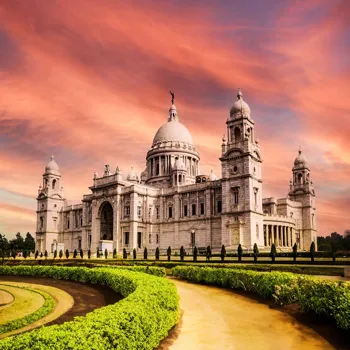
Photography Tips: Capture the Victoria Memorial during the day to appreciate its intricate details and the surrounding gardens. Visit the museum to photograph the historical artifacts and paintings. Experiment with different angles and perspectives to capture the grandeur of the building.
The best time to photograph will be morning or evening to avoid the harsh sunlight. The museum is open from 10 am to 5 pm. It is closed on Mondays and national holidays. The entry ticket is ₹30 for Indian citizens and ₹500 for foreign nationals.
A visit to this place will give you a glimpse into India's colonial past. The light and shadows around the area, gives the photographer the opportunity to take beautiful and memorable pictures.
Hawa Mahal, Jaipur: The Palace of Winds
Hawa Mahal, also known as the "Palace of Winds," is a unique five-story structure with 953 small windows, built for the royal ladies to observe street festivals without being seen. This honeycomb-shaped palace is a prime example of Rajput architecture.
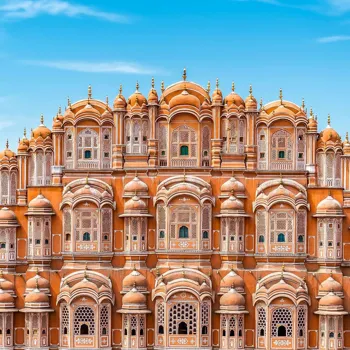
Photography Tips: Capture the Hawa Mahal from across the street to get the best view of its facade. Visit during the day to appreciate the intricate details of the windows and balconies. Experiment with different angles and perspectives to capture the unique design of the palace.
The best light for photography is in the morning or late afternoon. Capture candid shots of the street life below the palace. This is a great spot to click pictures and get a sense of how the royal ladies used to enjoy. You can also check out the local shops for some good deals.
This is a must visit place in Jaipur. There are many other historical sites to visit around the Hawa Mahal in Jaipur.
Mysore Palace, Mysore: A Royal Extravaganza
Mysore Palace, also known as Amba Vilas Palace, is the official residence of the Wadiyar dynasty, the former rulers of Mysore. This opulent palace, with its Indo-Saracenic architecture, is a feast for the eyes.
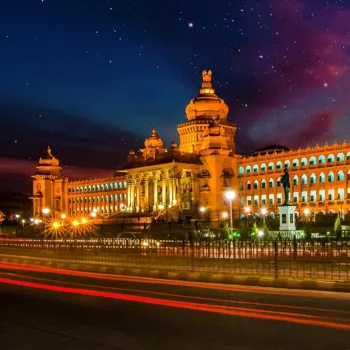
Photography Tips: Visit Mysore Palace during the evening when it is illuminated with thousands of lights, creating a breathtaking spectacle. Capture the intricate details of the palace's architecture, including the stained-glass windows and the Durbar Hall.
Experiment with different angles and perspectives to capture the grandeur of the palace. Photography is not allowed inside the palace. There are restrictions associated with cameras. Always check for updated guidelines on photography as policies may change.
However, the exterior is worth capturing and remembering. It is one of the biggest palaces in India. The best time to visit Mysore Palace is during the Dussehra festival when it is decorated in all its glory.
Gateway of India, Mumbai: A Symbol of Welcome
The Gateway of India, a monumental archway overlooking the Arabian Sea, is a symbol of Mumbai. Built during the British Raj, this iconic structure stands as a reminder of India's colonial history.
Photography Tips: Visit the Gateway of India during the day to capture its grandeur and the bustling atmosphere of the surrounding area. Take a boat trip to get a different perspective of the monument. Capture the pigeons that flock around the Gateway, adding to the vibrant atmosphere.
The best light for photography is in the morning or late afternoon. Always be mindful of your belongings as it is a crowded area. It is a must see if you are visiting Mumbai. You can also visit the Elephanta caves by taking a ferry from here.
It gives you a feeling of the historical legacy of India. It is one of the most photographed places in India.
Mehrangarh Fort, Jodhpur: A Majestic Citadel
Mehrangarh Fort, perched on a hilltop overlooking the blue city of Jodhpur, is one of the largest and most impressive forts in Rajasthan. This imposing fortress, with its massive walls and intricate carvings, offers stunning views of the surrounding landscape.
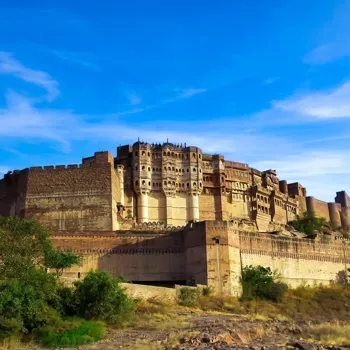
Photography Tips: Capture Mehrangarh Fort from different vantage points, including Jaswant Thada, a nearby white marble mausoleum. Visit the fort during the day to explore its palaces, museums, and courtyards.
Experiment with different angles and perspectives to capture the grandeur of the fort and the surrounding landscape. The best time to photograph is in the morning or late afternoon when the light is soft and golden. Do not forget to take a guide to know the history associated with the place.
You can also enjoy the views along with some delicious food at the restaurants.
AI Generated Content. Glance/InMobi shall have no liability for the content